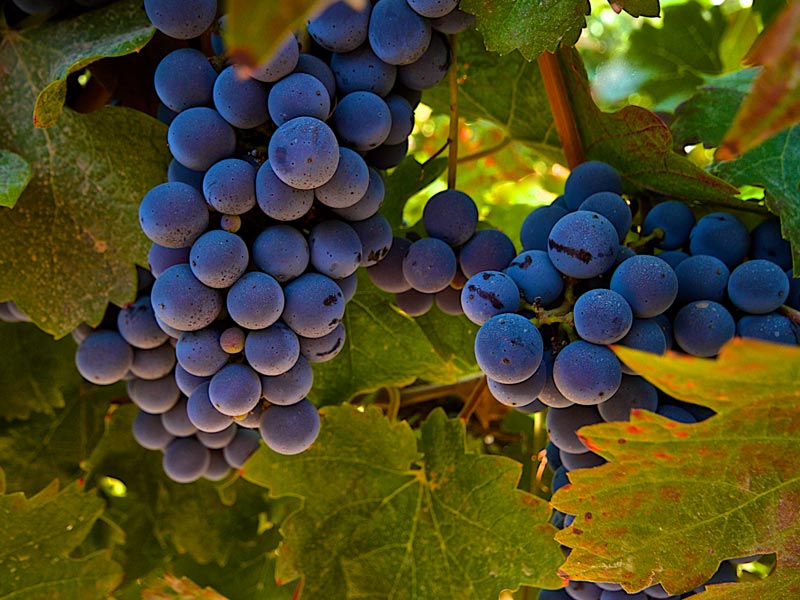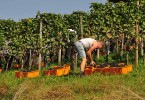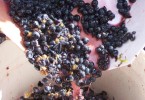Timing and phases of the grape harvest, one of the most ancient agricultural practices
Today, as in the past, the grape harvest is an agricultural practice, which fascinated most because it gets men and women involved in an ancestral natural process.
The hands of the peasant had made the same gestures, for millennia, in the same season, giving birth to the “gods nectar” that is always associated with the happy or holy moments.
The period for the grape harvest
The word “grape harvest” refers to the grapes collection process for the winemaking. The right moment for the collection is when the grape reaches the perfect ripening. The perfect periods are: August-September, September-October and October-November, for the late ripening.
The phases of the grape harvest: the collection
The first phase of the grape harvest is the collection of the bunch in the cooler hours of the day, to do by hand or mechanically. They are cut with specific scissors, removing the leaves and the best bunch of grapes, without moulds, are placed in a basket and then emptied out in boxes, to not squeeze the grapes, with a maximum capacity of 20 kg.
Once filled, the boxes are emptied out in carts of 2000 kg directed to the treading. The collection and the treading has to be as close as possible, to avoid that the grapes will be ruined: solid grapes with a perfect peel are the unavoidable premise to produce a good wine.
The phases of the grape harvest: the treading
The grapes, once collected, are ready for the treading. Before the real treading, the grapes are addressed to a specific machine called “diraspa”, in order to divide the grapes from the stalks. This process is pretty important because the stalks, once treaded, could release tannin substances characterized by a wood and cloying flavour.
After that, the grapes can be treaded. The alternative is those machines that tread and remove the stalks at the same time.
The phases of the grape harvest: the fermentation
The must, obtained by the treading, is pulled in wide tanks, called fermenters, for the fermentation phase. There are three types of fermentation:
1. The red fermentation, which produces red wines. It foresees that the must is in close contact with the peels, in order to allow the dissolution of the polyphenol, of the aromas and the seeds.
2. The white fermentation, instead, allows to produce white wines. They are obtained separating immediately the must from the peels and the seeds. Thus the wine will be almost without tannins, with fruity notes, fresh and delicate flavours.
3. In the rosè winemaking, the hard parts macerate in the must for a short period of time, from 24 to 36 hours.
The last phases of the grape harvest
Two of the most important phases starts after the fermentation: the second fermentation and the ageing, which will give rise to different types of wine, from the Spumante to the meditation wines, according to the process. The outcome is the result of months of work, of centuries of traditions handed down from one generation to anther to produce a nectar that is the expression of the history and the characteristics of its land, in order to revive each single year this agricultural practice, widely praised by the poets.







